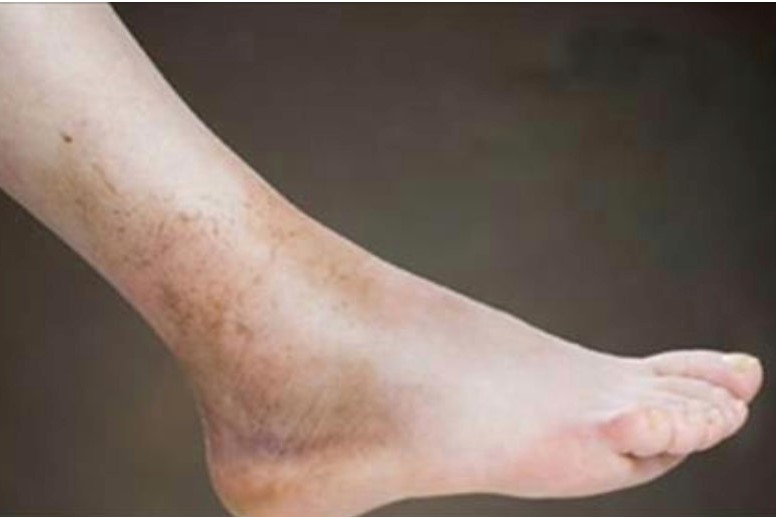
The 12 signs that indicate poor circulation that should not be underestimated
Problems with poor circulation? Every day, our bodies work incessantly to transport nutrients, hormones, oxygen, aiding the function of organs and other vital bodily processes, and this is done through the circulation of blood, which has a prominent place in our survival. Arteries and veins are like highways that make this possible
Like common infrastructure, however, these highways require maintenance in order to function properly.
That is why it is important to pay attention to the smallest signs of malfunctioning that can hide more serious problems than we think.
There are various lifestyle habits, medical conditions and bad behaviour that make an individual susceptible to circulation problems: we are talking about a smoking habit, pregnancy, eating disorders, for example.
Circulation problems can affect people of all ages and if left untreated can cause serious damage to the body
Here are some signs and symptoms that should not be underestimated.
1) Leg or foot ulcers. Ulcers are skin lesions that can have several causes. Poor circulation can be one of them. They are very painful and present as an inflammation accompanied by a kind of rash that does not want to go away. They begin to appear as red patches that gradually grow in size.
2) Swelling. Hands and feet begin to swell due to the slow flow of blood.
3) Discoloured or cyanotic skin and lips. The skin does not have the correct oxygen supply, so it starts to look whiter, almost cyanotic. Areas furthest from the heart (feet and hands) may appear blackened.
4) Varicose veins. The valves that work to pump blood become weakened. This causes the veins just below the surface of the skin to start twisting and swelling. The symptom may be accompanied by itching or pain after sitting or standing for too long.
5) Hair loss and weak nails. Like the skin, hair and nails do not get the right amount of nutrients as a result of poor circulation. Hair can become dry and start to fall out. Skin can also become much drier and itchy, and nails tend to weaken and flake easily. Nails can actually say a lot about your health.
6) Digestive problems. With less blood pumping through the body, all other functions also slow down. When digestion slows down, constipation sets in;
7) Weakening of the immune system. Antibodies are slower, sluggish, and the possibility of getting sick increases. Wounds also heal more slowly.
8) Cold hands and feet. When the blood flows at an optimal speed, it helps to keep the body temperature at a healthy and comfortable level. If circulation is slow, the temperature regulation process is disturbed and this causes cold feelings, usually in the hands and feet;
9) Tiredness. With poor circulation, muscles become deficient in oxygen and nutrients, which are needed to work well. Breathing becomes more laboured, muscles are sore and there is less resistance when performing daily activities.
10) Erectile dysfunction. In men, circulation problems may lead to insufficient blood flow to the reproductive organs.
11) Poor cognitive function. Brain functioning relies heavily on blood flow. Less oxygen and blood means less concentration. Poor circulation can also affect the effectiveness of short- and long-term memory.
12) Feeling numb. Stagnant fluid generates numbness and tingling in the limbs that can last up to a few minutes.
As you can see, poor blood circulation can affect your body significantly.
Treating the symptoms can bring relief, but it is necessary to solve the problem at the feint.
Read Also:
Emergency Live Even More…Live: Download The New Free App Of Your Newspaper For IOS And Android
Compensated, Decompensated And Irreversible Shock: What They Are And What They Determine
Nasal Cannula For Pre-Oxygenation & Apneic Oxygenation: How To Do It
ECMO In Patients With Severe COVID-19: Harvard Medical School On Extracorporeal Membrane Oxygenation
Policlinico Umberto I: Covid-19 Survivor Gives Birth In Extracorporeal Circulation (ECMO)
Heart-Lung Machine: How Extracorporeal Circulation Works
Extracorporeal Circulation: What It Is And How It Is Performed
Circulatory Shock (Circulatory Failure): Causes, Symptoms, Diagnosis, Treatment


